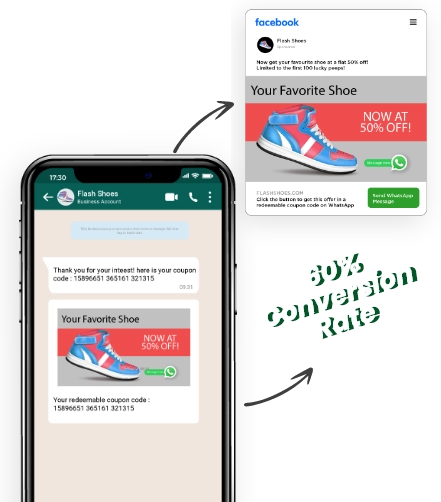The process through which potential customers learn about a product, buy it from a company, and, ideally, remain a customer for a long period is referred to as the lifecycle. Awareness, Recruitment, Conversion, Engagement, and Commitment are the five steps that make up the process.
Every competent person in customer service is aware that business involves more than just concluding a single transaction. In other terms, they make sure that their customers are going to be around for a while. The best businesses develop mutually advantageous connections with their consumers that result in higher retention of customers.
Depending on where they are in your advertising and marketing operations, segment your connections and businesses. The team may use the Lifecycle stage property to see where a particular contact or business is in the workflow and to better comprehend how leads are passed across marketing and sales.
A new contact or company’s lifecycle stage is set by default based on how they were established, but you may manually adjust it or build custom automatic triggers and criteria. It provides a thorough picture of the customer journey to the marketing, sales, and customer support departments and points out potential improvement areas. Your team may make use of the lifecycle to develop content for lead generation and provide clients with delightful engagements at every stage.







